How to remix a breakbeat track with Ctrl-Z
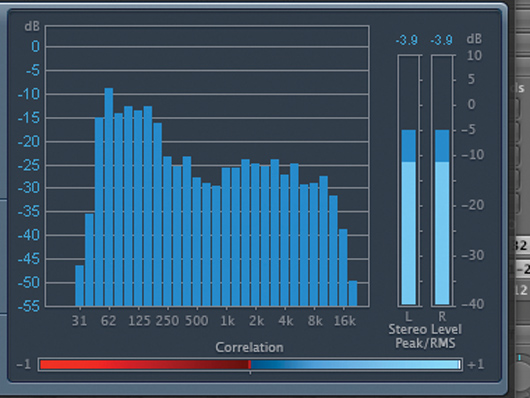
The kick drum
Step 1: In this tutorial, Tommy Dash of production duo Ctrl-Z is going to show you how they remixed The Freestylers’ classic Ruffneck (listen to it on the Ctrl-Z MySpace page). The first element of the track to be laid down is the kick drum. Tommy uses a spectral analyser plug-in to check that the sample is peaking at the right frequency. MultiMeter shows that it is loudest between 60 and 100Hz, which, as Tommy eloquently puts it, is “the premier league of kick drum frequencies”.
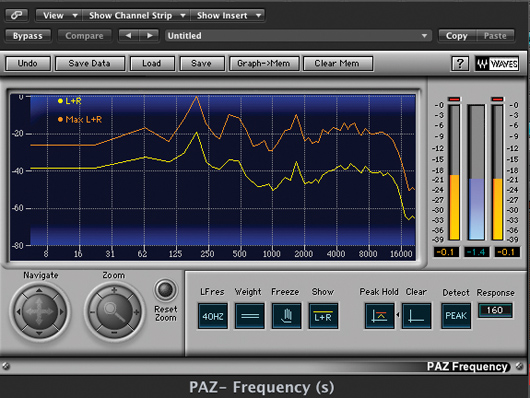
The snare
Step 2: To get the right snare sound, several samples are layered together. To make sure the lower snare is peaking at the right frequency, Tommy uses another plug-in – this time it’s Waves’ PAZ Analyzer, which shows that this snare is most energetic in the 200Hz region.
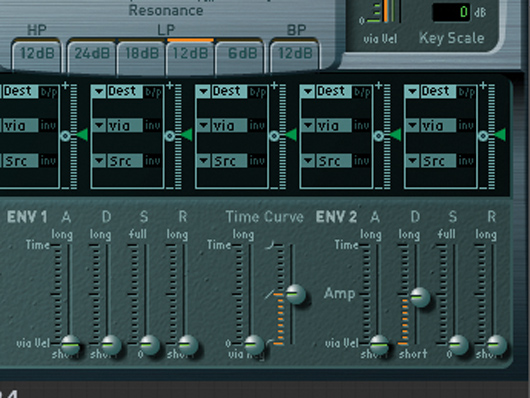
More snares
Step 3: To add an old school, Aphrodite-style metallic snap, a couple of other snare samples are layered over the top of the original snare. These are played back via Logic’s EXS24 sampler – here you can see its amplitude envelope has been set with a short decay time to tighten up the hits.
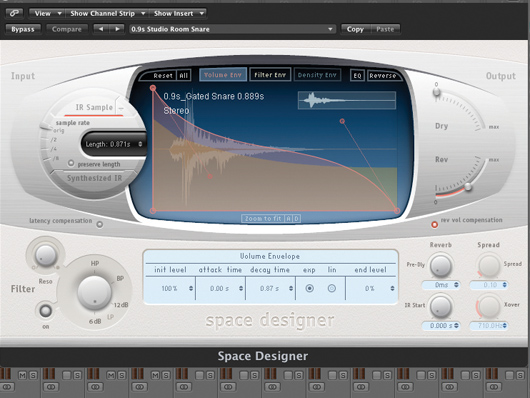
Reverb
Step 4: A short decay gives the overall sound a punchy attack but takes away some of the natural ambience. To rectify this, all of the snares are then bus-routed, so that they can be processed as a single group. Logic’s Space Designer convolution reverb effect is used with its Studio Room Snare preset to lend a small tail.
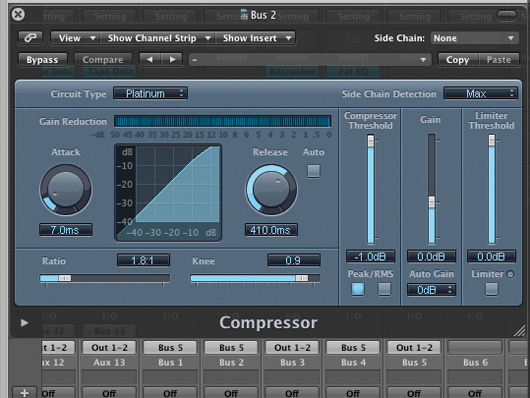
Compression
Step 5: Next, a compressor is put on the snare bus to help ‘glue’ the different sounds together. A relatively quick attack and gentle ratio settings are used to bring extra definition, and Fat EQ is brought in to help highlight the all important low and mid-range frequencies.
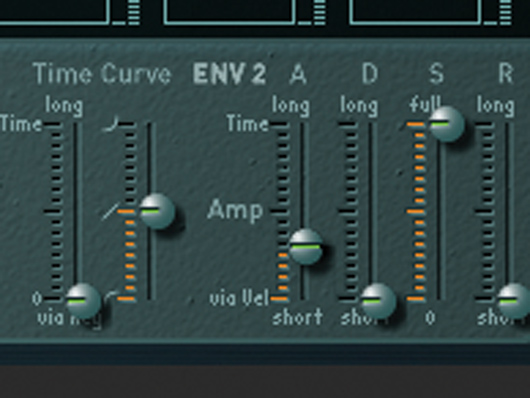
Open hat
Step 6: To ease the transition between the kick and the snare, an open hat sample is used. This sample is also played via the EXS24 and, to make the transients less prominent, the amplitude envelope’s attack time has been turned up. This creates a lovely sucking effect between the main elements.
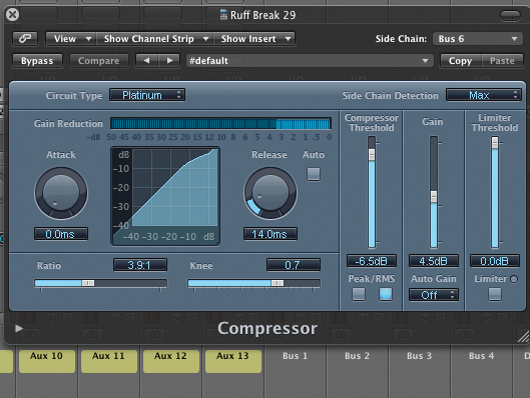
Breakbeat
Step 7: The hip-hop breakbeat from the original version of the track is added next. This has a lot of bass content that could potentially interfere with both the bassline and kick drum, so Tommy attenuates this with Logic’s Fat EQ. The beat is also compressed, with a silent kick acting as a sidechain input.
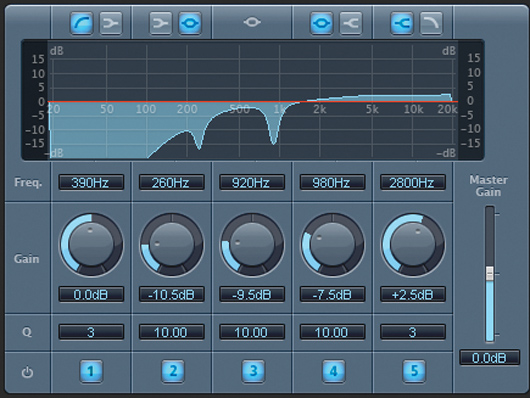
Another breakbeat
Step 8: Another breakbeat, sourced from a sample CD, is added to the mix. This is also compressed using the silent kick sidechain, and has been EQed rather heavily – several of the prominent low-end frequencies have been reduced with tight bands, as you can see here.
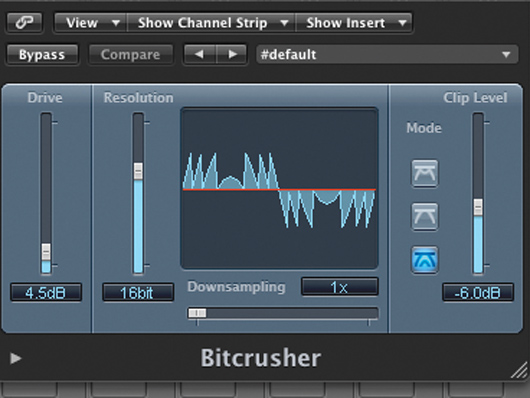
Hi-hats
Step 9: To top the beats off, several sets of hats are used. Some of these already have a natural pan present in the sample, whereas others are mono and are panned manually in Logic. While the rest of the rhythm section is sent to a single bus, the hats have their own bus, so that they can be processed separately. A bitcrusher is used to brighten and roughen the hats.
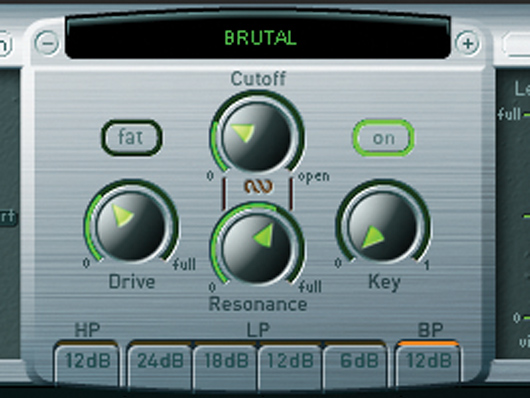
Starting the bass
Step 10: The original source of the bass is the Brutal Electro preset from Native Instruments’ Massive – Tommy admits that it is an overused patch. Rather than playing it directly from the synth, he samples a single note and plays it back via another EXS24, which has its band-pass filter modulated by an LFO to create a very cool talkbox-style effect.
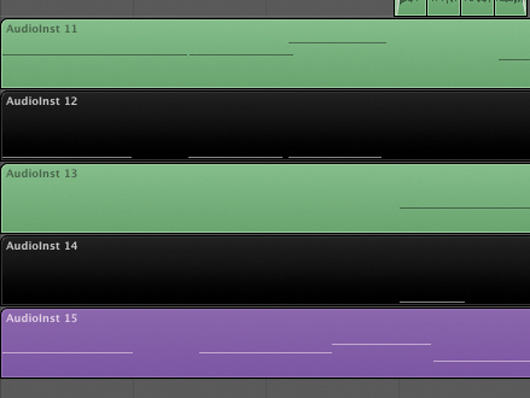
Second patch
Step 11: Another EXS24 is used to play the same patch with a longer attack time, which is used to play a lazier note at the end of the bar. Both EXS24 bass patches have Compressor effects on them that are triggered by the black-coloured silent sidechain tracks.
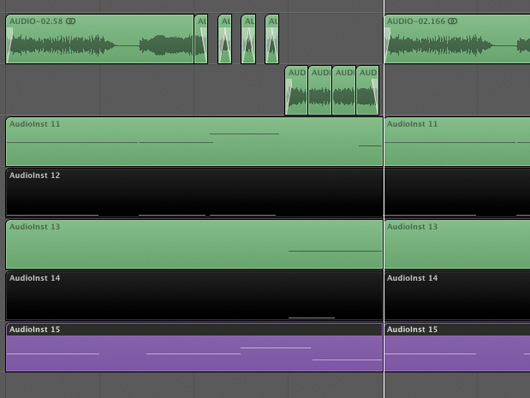
Effect pedal
Step 12: The output from the EXS24s is then run through a Boss ME-50 guitar effect pedal with a cabinet emulation setting. The output from this is bounced to a new audio track, and the distorted audio version of the riff runs alongside the EXS24s. The audio is chopped and faded to add more rhythm to the bassline.
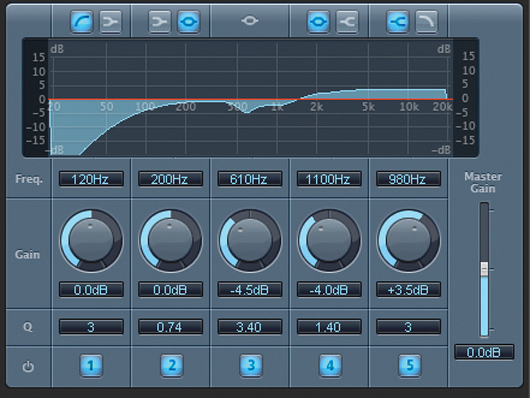
EQ
Step 13: All these tracks are routed to a bus, where EQ is used to take out the low-end, which will be replaced with a dedicated instrument later. More subtle attenuation is used around 610Hz to make a little room for the vocal, which sits in this frequency range.
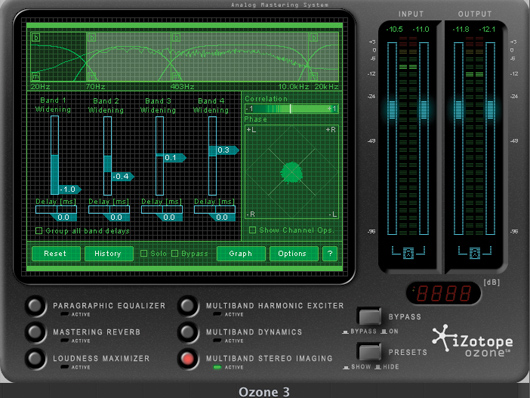
Stereo effects
Step 14: Tommy likes the top end of his bass noises to be stereo, so Logic’s Sample Delay effect is used to apply a short echo to the right channel of the bass bus. This creates the impression of stereo from a mono audio source. iZotope Ozone’s multiband stereo imager is used to centre the lower frequencies, while the higher frequencies get progressively wider.
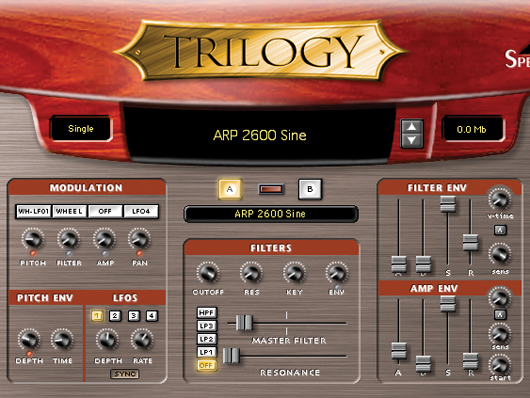
Low-end bass
Step 15: The lower end of the bassline is provided by Spectrasonics Trilogy, which plays a simplified version of the pattern using a basic ARP 2600 Sine patch. The highs of this are EQed out, and the rest of the sound is routed to an overall bass bus, so their volume can be controlled as one.
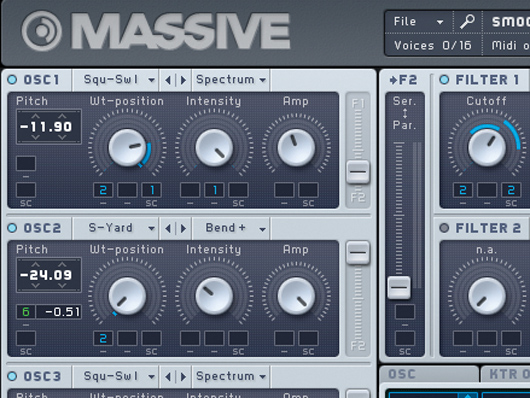
Alternative bass
Step 16: The alternative bass noise played at the end of the main riff is another bounced sound from Massive. Here, the patch was created using the Scrapyard wavetable, pitch modulation, feedback effect and Massive’s Daft filter modulated by an envelope. The amplitude of the pitch-modulation LFO is controlled by the key position, so the effect becomes more obvious higher up the scale.
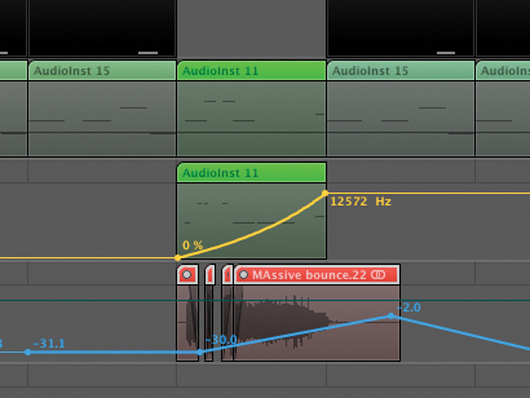
Filtering
Step 17: This is then bounced to audio before TC Electronic’s Filtrator effect is automated to sweep out the lower parts of the sound. As this happens, another bass, modelled on the original Brutal Electro patch, is low-pass-filtered to fill up some of the space.
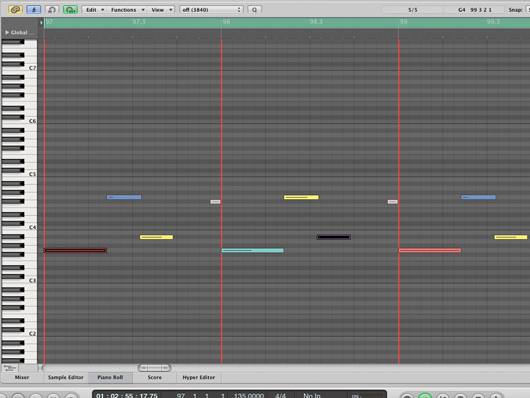
Variation
Step 18: To create a variation, another EXS24 is used on the Brutal Electro setting. In this instance, the velocity doesn’t affect the volume, but rather controls the LFO speed. This way, Tommy can change the LFO rhythm of each note without having to resort to complicated automation.
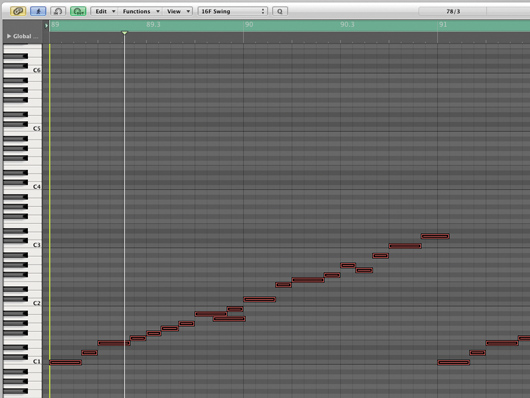
Quantise
Step 19: Taking inspiration from DnB, Tommy uses a crazy clownstep-style swing quantise on the beats. This changes the rhythm of the track for a short period, which gives this part a different feel, and helps prepare the listener for another build up and drop.
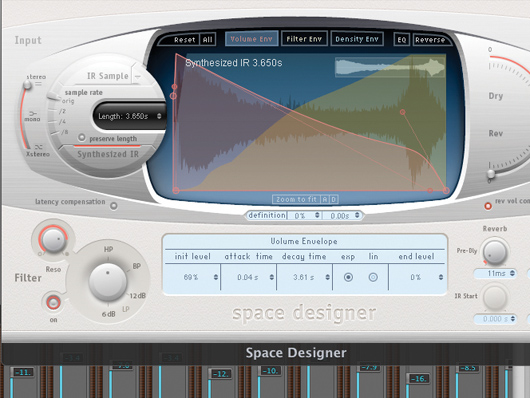
The build
Step 20: To create a big build, Tommy uses a horn sample that’s looped increasingly quickly as it reaches the crescendo. Filtrator is used again to slowly bring in the sound with an automated low-pass filter, and Space Designer provides the reverb effects.
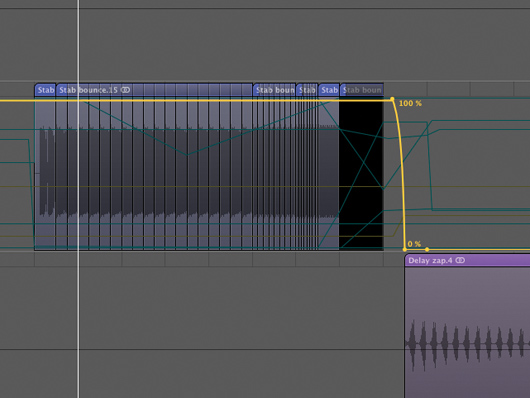
Twisting the sound
Step 21: As the drop approaches, Logic’s Ring Shifter is used to twist up the sound with its wacky ring modulation, and another filter is used to quickly remove the effect at the end of the bar. This creates a sharp ‘zap’ as the filter closes – a delayed version is then bounced onto the next audio track.
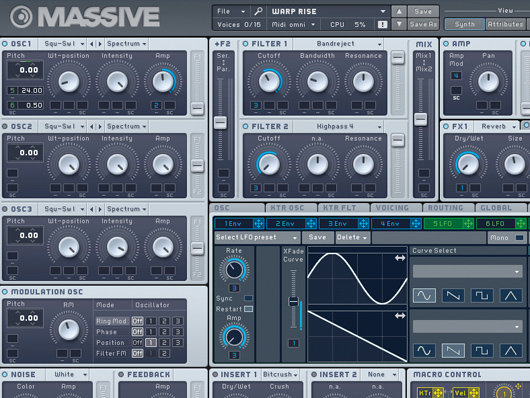
Rising effect
Step 22: The Sub Focus Timewarp-style rising effect over the build-up was created in Massive, using an oscillator modulated with a couple of LFOs, which themselves have their rate and amplitude settings controlled by an envelope. This envelope is also used to modulate the two filter cutoff frequencies.
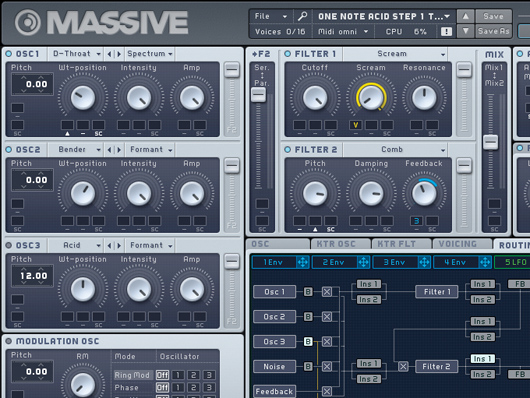
Acid synth
Step 23: The dirty acid synth after the bridge was created in, you guessed it, Massive. Tommy uses the harmonically rich D-Throat and Bender wavetables to get the basis down. The Scream filter gives a characteristic harshness, and feedback is placed at the end of the signal chain to make the whole thing a little nastier.
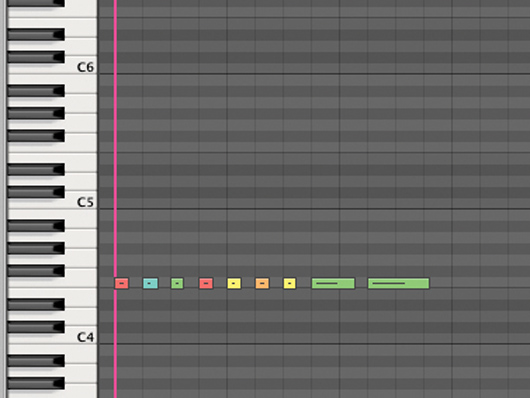
Tweaking the sound
Step 24: A comb filter, plus dimension expander and delay effects, adds the final touch to the sound. Once again, Tommy uses velocity changes, which are tied to the Scream filter’s Scream level, resulting in a different amount of distortion for each note played.

Computer Music magazine is the world’s best selling publication dedicated solely to making great music with your Mac or PC computer. Each issue it brings its lucky readers the best in cutting-edge tutorials, need-to-know, expert software reviews and even all the tools you actually need to make great music today, courtesy of our legendary CM Plugin Suite.









